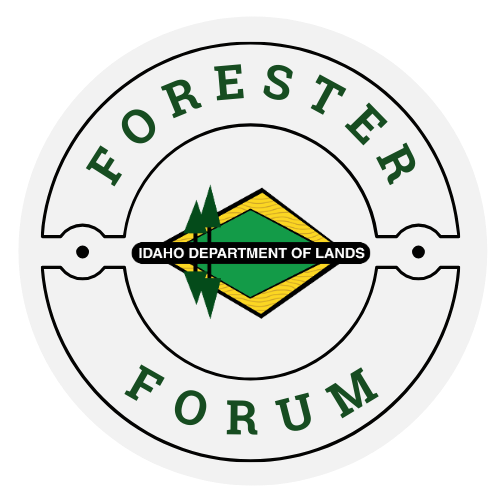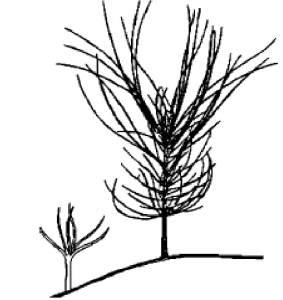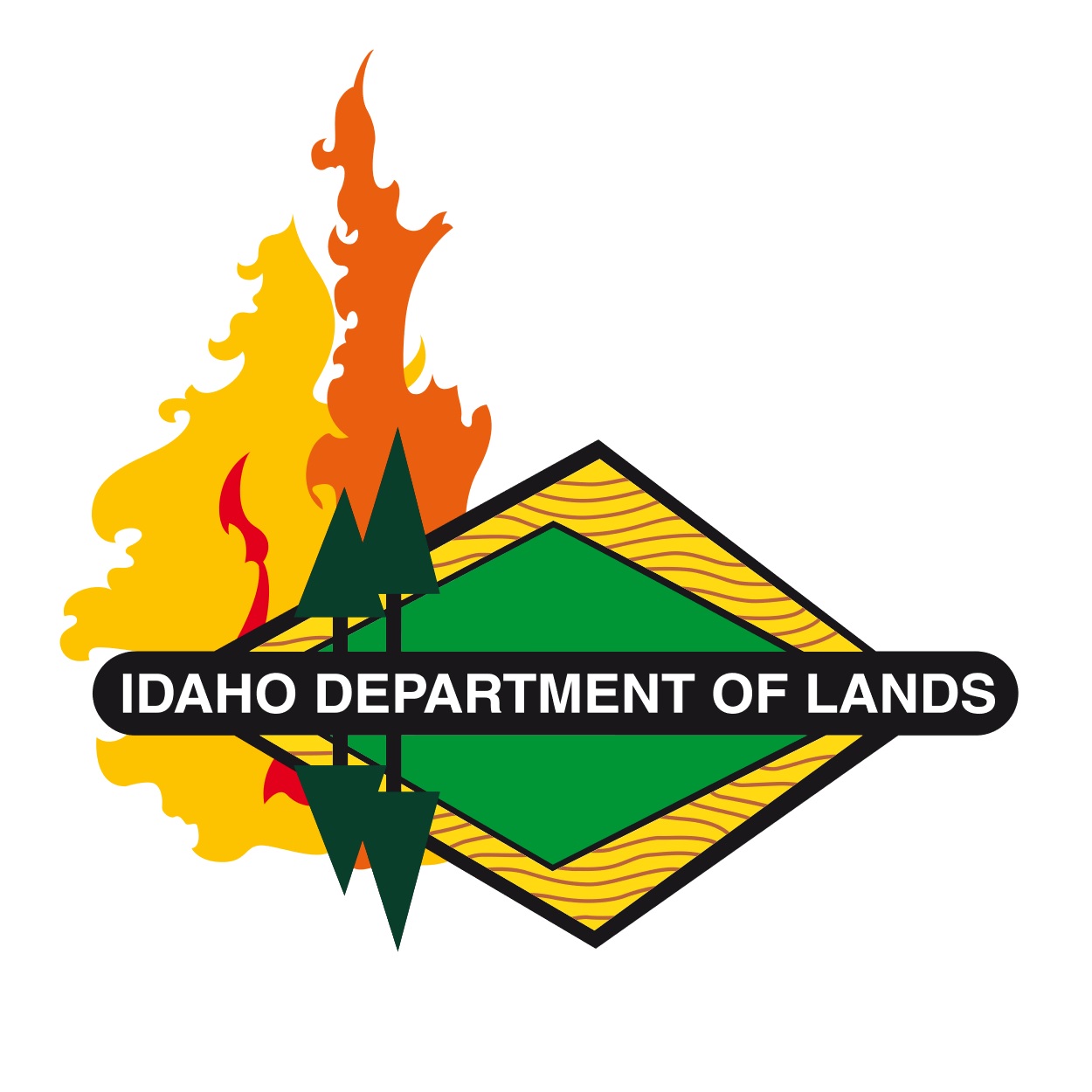Forest Management 7: Tree Planting

Tree Planting
In this edition of the Forester Forum
Overview
The key to a successful planting program is to provide a micro-environment that fosters the survival and subsequent growth of the planted seedlings. While young seedlings are tough, excessive handling or dropping of the seedling can cause damage and stress, reducing survival and growth.
Follow these important steps to achieve a successful planting.

Seedling Storage
Seedlings should be stored at 33° to 35° Fwith high humidity. Seedlings can be stored in the refrigerator for a short period of time by enclosing them in a plastic bag.
If your seedlings have been stored in a cooler at 33° to 35° F, they will need to be “acclimatized” to the site they are to be planted in. Seedlings should be stored onsite (in the shade) one day before planting.
Soil Temperature
Ensure that soil temperatures are warm enough to promote rapid root growth.
Use a thermometer and place the recording end about four inches deep into the soil. Springtime soil temperatures should be a minimum of 40° F for several days before seedlings are planted. This is to ensure good root egress and to establish a “water chain” between the soil and the seedling, and to anchor the seedling in the ground.
Roots do not grow at cooler temperatures and seedlings can dry out during windy days due to seedling roots being unable to extract enough moisture for transpiration.
Sun and Wind Protection
3Protect your unplanted seedling from direct sunlight, wind, and high daytime temperatures. Store seedlings in heavy shade on north aspects or under suspended tarps three to four feet above the seedling boxes so as to provide adequate shade and good air movement
Keep unplanted seedlings cool!
Planting Locations
Wherever possible, plant seedlings on the north and east sides of stumps, logs, large rocks, and debris. These “microsites” will help protect newly planted seedlings from solar radiation and lethal daytime temperatures, wind, and animal traffic during the first few growing seasons.
Planting Holes
Avoid holes and depressions where dirt and water will collect and not drain off of the planting spot. Avoid areas where soil is mixed with excessive amounts of litter, slash, or other debris.
Dig a hole deep enough for the roots. Make sure that the roots are straight and do not bend (“J” or “L” roots). Spades, shovels, and mattocks work best. Take only one seedling out of the bundle at a time. This protects the other seedlings from drying out.


